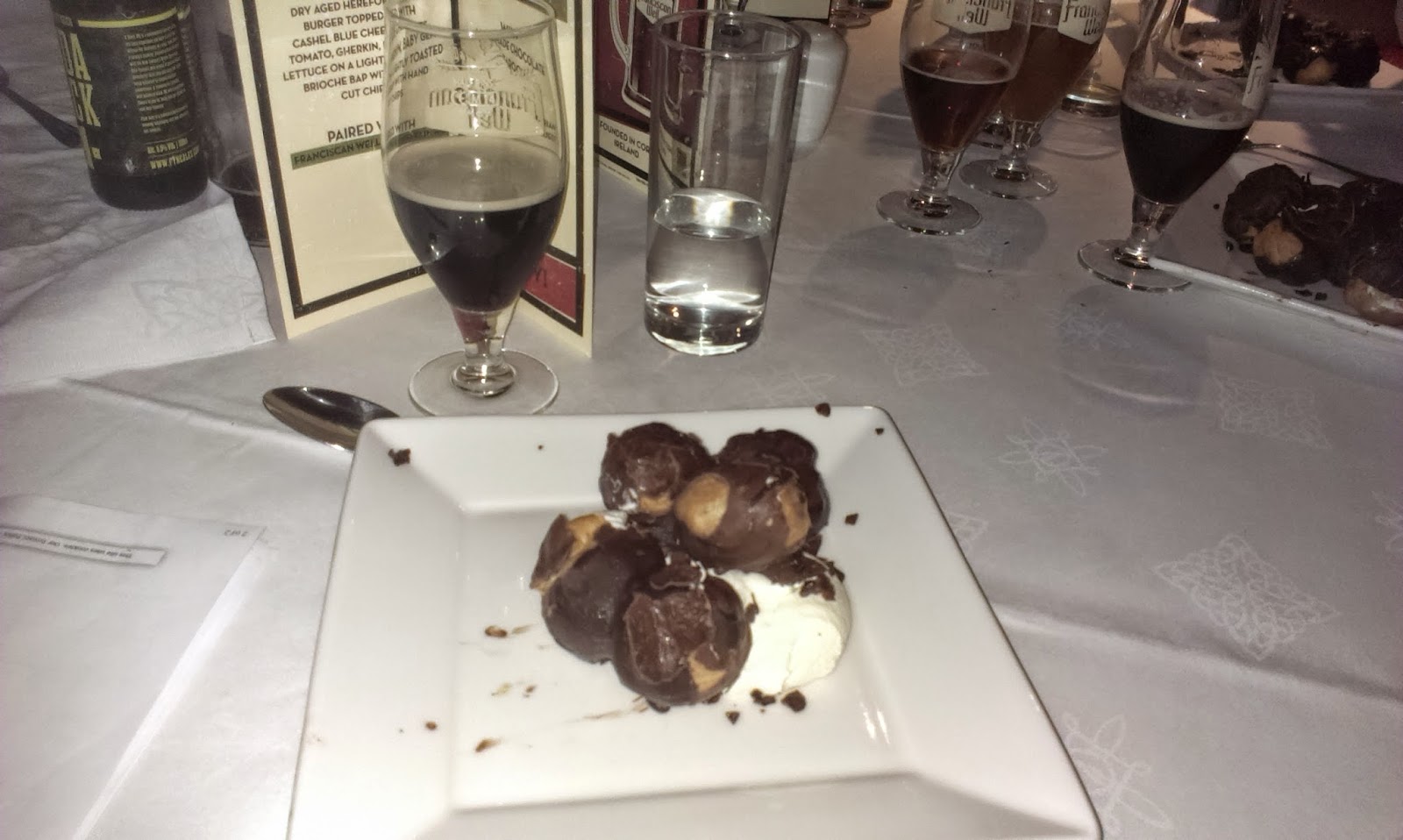 Thirty years or so ago during the early 1980’s, when I was
living in Maidstone, a friend who was older, and much wiser than me came out
with a statement that was pertinent then, and still holds true today. He was
describing the morning after a night spent drinking Shepherd Neame beers, back
in the day when the company’s beers were worth drinking, and when they also had
a considerable presence in Kent’s
county town.
Thirty years or so ago during the early 1980’s, when I was
living in Maidstone, a friend who was older, and much wiser than me came out
with a statement that was pertinent then, and still holds true today. He was
describing the morning after a night spent drinking Shepherd Neame beers, back
in the day when the company’s beers were worth drinking, and when they also had
a considerable presence in Kent’s
county town.
“What is that magic headache ingredient in Shepherd Neame
beers?” my friend asked. Of course neither of us knew the answer, but we both
knew what he was talking about, as even a moderate session on Sheps invariably
led to a sore head the following morning. This was in sharp contrast to the
other readily available cask beer in West Kent at the time;
Fremlins Bitter. You could drink a gallon of the stuff and still feel OK the
next day!
I’ve pondered this question over the years, but never
arrived at a satisfactory answer. One thing I have noticed though is that the
next day headache is NOT related to the alcohol content of the beer. I was
reminded of this fact last Friday morning, having attended a CAMRA meeting the
night before. The meeting took place at a pub in Tunbridge Wells. I had arrived late, the pub was an old one
and it was quite dark in the bar. The pub was tied to Greene King, but like several
others locally the licensee is allowed to stock several guest beers.
A beer called Swordfish from Wadworth caught my eye, and I
have to say it was rather good. I have never been a huge fan of the company’s
flagship beer, 6X. There’s nothing wrong per se with the beer, it’s just that a
heavily malt-driven ale is not to my taste. If anything Swordfish was even
maltier than 6X, but after eight days in Bavaria, drinking predominantly
hop-driven, light-coloured beers, it slipped down rather well; so much so that
I ordered another. It was only after a friend pointed out the beer was 5% that
I thought it perhaps prudent to switch to something lighter for the final beer
of the evening.
The next morning I had the headache from hell, and it was
then that I decided my discomfort must be due to something in the beer, rather
than just its strength. After all, a few days previously I had been drinking
Bavarian beers of a similar strength, and in greater quantity, with nothing
worse than a dry mouth the following morning. Without a doubt, this new beer
from Wadworth had that infamous “magic headache ingredient” but what could it
be?
Research shows that classic hangover symptoms are not due
solely to excess alcohol (ethanol), although if one has obviously
over-indulged, rather than just having had a few pints, then the high levels of
alcohol in your system will make you feel rough regardless. Drinking an
alcoholic beverage that contains impurities or preservatives can give you a
hangover, even if you only have one drink.
Some of these
impurities may be other alcohols besides ethanol. Other hangover-causing
chemicals are congeners, which are by-products of the fermentation process.
These “higher alcohols” and congeners are more likely to be formed when
fermentation takes place at higher temperatures, which would explain why the
beers I was drinking in Munich the other
week did not have this effect; having been fermented and matured at a lower
temperature than traditional English ale.
So in the interests of further research, and as something of a
project to list out beers to watch out for if you don’t want too much
of that “morning after feeling”, which beers, in your experience, have that avoid at all costs, “magic headache ingredient”?





















